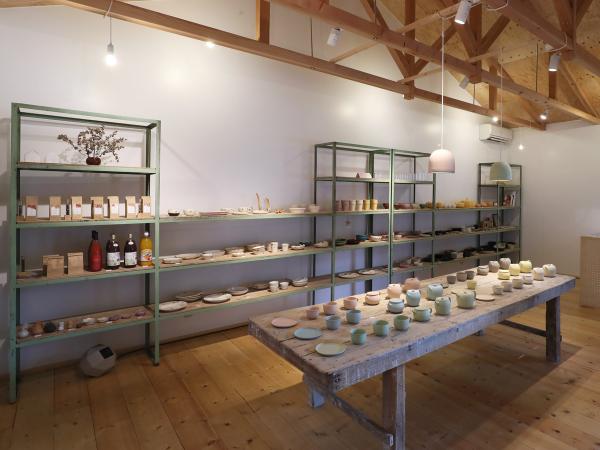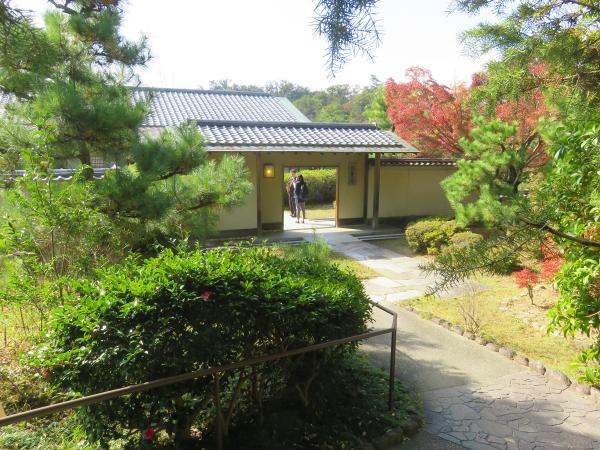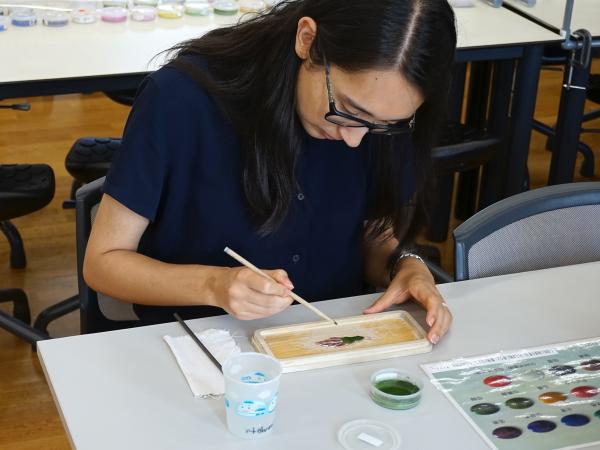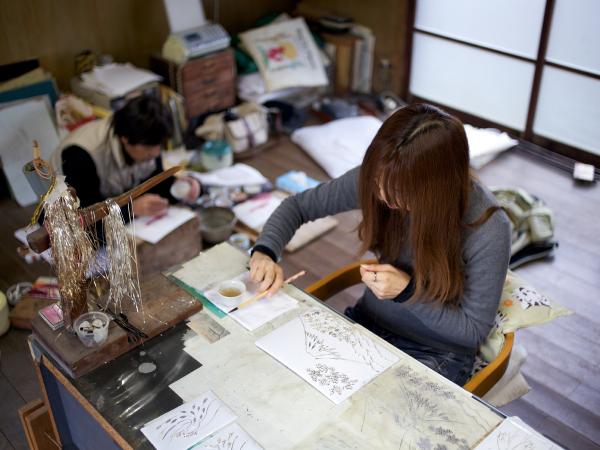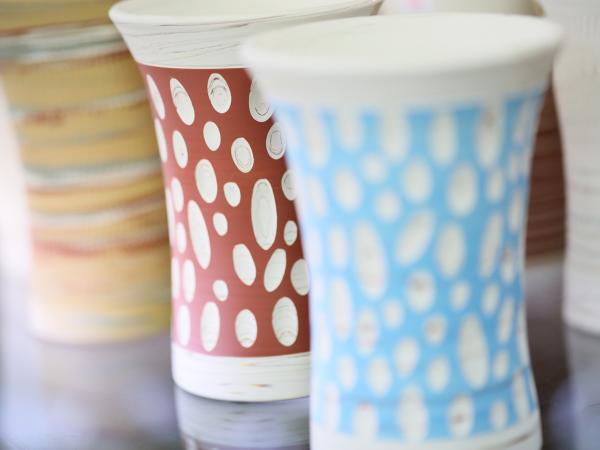Although the rich soils and master craftsmen can be found across Japan, there are six particular regions considered to be the oldest, most influential and unique of the nation’s traditional pottery production areas. Known collectively as the Six Ancient Kilns, each of these kiln regions are designated as Japan Heritage sites, and the two leading areas of those six, Seto and Tokoname, are both located in the central districts of Aichi Prefecture.
The Ceramics of Seto City

Established on a plain surrounded by clear rivers, high mountains and lush forests, pottery and ceramics from Seto became so famous during the medieval and feudal periods of Japan, that even now, tableware is commonly referred to as Seto-mono in Japanese.
Seto has been an active pottery manufacturing region since the 13th century and Seto City is still considered the pottery capital of Japan.

Seto is host to the annual Seto-mono Matsuri, the Seto Pottery Festival held every September since 1932, featuring over 200 pottery craft shops and individual potters catering to several hundred thousand people from around Japan and the world.
Besides the high level of creative craftsmanship and the local area’s quality clay, the distinctive features of Seto ware include the use of a wide range of specialty glazes, such as Kiseto, a distinctive light yellowish glaze providing a rustic image, and Setoguro, a much-prized thick, deep, black glaze. Tetsuaka is a unique iron-red glaze, ranging from a russet to a speckled toffee apple red. Uwagusuri is an ash glaze, whereby ash created during the firing process randomly falls onto the pottery as it bakes, creating unique and much desired patterns. The types of wood used in the firing provide differing results, with the green-tinged glassy residue of pine ash and the smooth white sheen of rice straw ash being among the more popular. Some potters carefully mix the ash with fine clays and water forming a paste or emulsion that is applied to the work before firing.
The Seto regions’ prized Shino ware was developed in the 16th century and is characterized by a white glaze with russet iron orange patches appearing on the edges. Popular Oribe ware is said to have been created by the samurai warrior and tea master Furuta Oribe, and is characterized by dark blue, a rich green and copper glazes painted in geometric patterns onto interestingly shaped utensils, including tea bowls, tea caddies, dishes, vases, plates and incense burners. Each of these dynamic pieces are fired in a variety of kilns to achieve various effects.
Step Back to the Pottery Heydays at Seto-Gura Museum
Seto’s pottery, stoneware and ceramics history and culture is celebrated at the Seto-Gura Museum.

The Seto ZAO Ceramic Plaza on the museum’s ground floor offers retail prices on a wide range of fine pottery and ceramics. The 30 meter long 3rd floor display area provides an insight to the quality and range of locally produced pottery and ceramic items long patronized by the samurai and the affluent merchant classes.
The fascinating and well produced museum’s second floor houses a nostalgic reproduction of the original Owari Seto train station and parts of the old town, including old shops, houses, kilns, and more.

Railway fans and children can enjoy boarding the old Seto Line train and sitting in the driver’s seat. The reproduced town takes you back to vibrant days of early 20th century Seto. The Seto-Gura Museum offers meeting room facilities, and even a hands on creative experiences in the pottery workshop areas.
Timeless Tokoname City
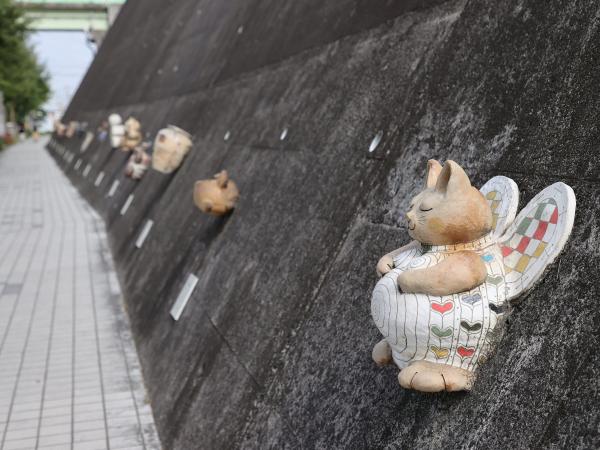
Dating back to the 12th century, Tokoname ware is a well-fired ash glazed range of pottery, made from an iron rich clay providing a distinctively earthy Japanese taste. During Japan’s feudal era, Tokoname was the largest of the six ancient kiln pottery production areas.
Located along the Pacific Ocean trade routes on the western coast of Aichi Prefecture’s Chita Peninsula, Tokoname’s development and distribution of ceramics greatly influenced the other regions. Tokoname artisans mass produced a range of quality items, becoming especially renown for its large-sized pots and vessels over 50cm in size. These highly sought-after items were shipped around the country as far as the far northern Tohoku regions and the south western Kyushu regions. During the late Edo period (1603-1868) Tokoname also became famed for Shudei, the distinctive red-brown ceramic teapots, delicately and masterfully hand crafted and fired in noborigama, climbing kilns built up the sides of hills.
Tokoname has remained a leader in earthenware works, adapting the ancient techniques to produce modern architectural ceramics, including underground piping and sanitary ware. Tokoname is also one of the major producers of Japan’s iconic Maneki Neko beckoning cat figures, and quality bonsai pots.
A few places within Tokoname offer visitors the unique and enjoyable experience of painting your own original Maneki Neko figure, making an ideal souvenir. The area’s 1.5km winding “Yakimono no sampo michi” or Pottery Footpath takes you through one of Tokoname’s old areas, lined with galleries, museums and studios in traditional old homes.
Wandering the quaint streets and back alleys of Seto and Tokoname unveils a wealth of small pottery shops and studios, welcoming visitors to discover the crafts, meet the artisans, find a treasure and make direct purchases. Craftsmen from both Seto and Tokoname often open their studios to the public to try their hand at the local clays and glazes and to make their own original Seto or Tokoname ware, as either a fun hands-on experience, or to learn the techniques under the expert guidance of the professional potters.
Aichi Prefectural Ceramic Museum, Preserving The Past, Present and Future

Both Seto and Tokoname styles can be seen on display along with the diverse range of Aichi based pottery centers in the extensive Aichi Prefectural Ceramic Museum in Seto City, featuring a rich collection of international, and importantly, local region ceramics and pottery.
The museum also offers pottery making courses and experiences. Make your own traditional tea bowl or original piece and after it has been fired, have it sent on to you. The museum’s traditional tearoom allows visitors to enjoy a cup of locally grown matcha green tea in a tea bowl produced by a local master craftsman. Various types of local pottery is on sale in the Museum Shop, and being functional art pieces, make the perfect souvenir.
Classic Cloisonné Craftsmanship, Shippo-yaki
Although not quite pottery, Aichi Prefecture’s quality Shippo-yaki cloisonné work is also world renown. Aichi Prefecture became one of the foremost production centers of Japanese cloisonné, or Shippo-yaki from around 1833.
While Japanese Shippo-yaki appears to be intricately hand painted porcelain, it is in fact richly glazed decorated metalwork objects covered in highly polished kiln-fired cloisonné enamel.
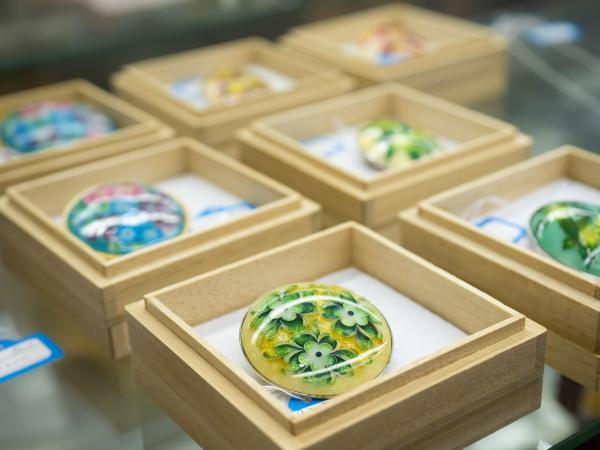
Flat wires of copper, silver or gold are carefully bent into shape and soldered or glued to the surface of the object forming design elements. These surface areas are then filled with a paste made from finely ground colored and fired at extreme temperatures to produce Shippo-yaki’s characteristic glass-like finish.
Ando & Ama, Aichi’s Quality Cloisonné
Very few traditional cloisonné manufacturers continue to operate, but one such company is the Ando Cloisonné Company, long recognized as masters of the art.

Ando produced cloisonné was displayed at the 1893 Exposition in Chicago, leading to large quantities of technically superior Ando produced Shippo-yaki cloisonné pieces being introduced and exported to the United States and Europe. The products were presented as state gifts from the Japanese government and are much sought after by collectors even today.

While classic pieces of Ando cloisonné can be seen on display in London’s esteemed Victoria and Albert Museum, the world’s largest museum of applied decorative arts and design, and other museums world-wide, the Ando Cloisonné shop and museum (Shippo Club) in central Nagoya City’s Sakae district features one of the finest selections of both traditional antique and modern cloisonné works, along with a wide range of items for sale.
Enjoy the beauty of this fine art in the city, or see and experienced it in the Shippo Art Village in Ama City, just 20 minutes west of Nagoya City. The Fureai Museum there displays masterpiece works while explaining the history and techniques of the enamelware. Visitors can observe the Shippo artisans at work, and even try making your own accessories and souvenir items in the workshop area.
Aichi’s Traditional Treasures
Aichi Prefecture has so much to offer. Unfortunately, Aichi’s image of being a manufacturing region has meant it was often left off the tourist maps. At last, the traditional manufacturing that makes Aichi Prefecture of interest is being recognized, and feted. Particularly the regions’ famed time-honored pottery and ceramics industries. Meeting the talented artisans, seeing the historical towns where they live and work, and discovering these earthenware treasures for yourself is a unique experience. An experience that lends so much more value to the works, and justifies Seto and Tokoname’s roles as the leaders of the Six Ancient Kilns of Japan.
Writer
Chris Glenn

Chris Glenn is a bilingual radio DJ, TV presenter, producer, narrator, MC, copywriter, author and columnist, and Japanese historian, specializing in samurai castles, battles, armor and weapons. He is an inbound tourism advisor, and is often called upon as a lecturer and speaker on Japanese history and topics. He was born in Adelaide, South Australia in 1968, and has spent over half his life in Japan, most of that time in Nagoya, Aichi Prefecture. Chris is dedicated to promoting and preserving Japans’ long history, deep culture, traditions, arts and crafts.
















